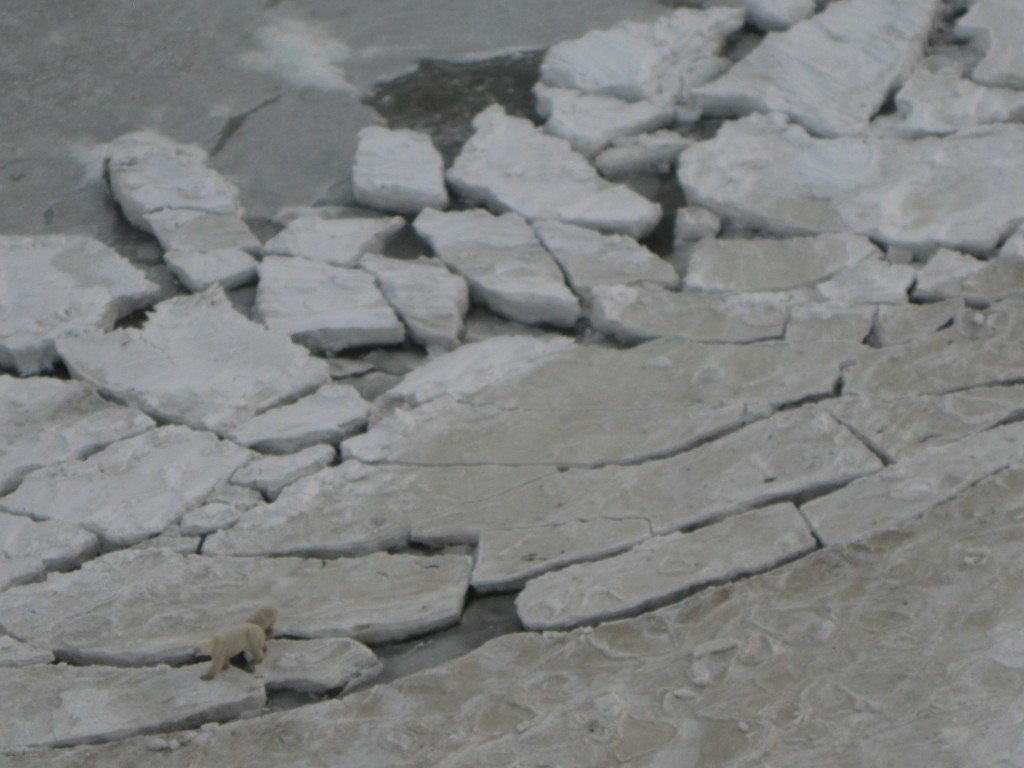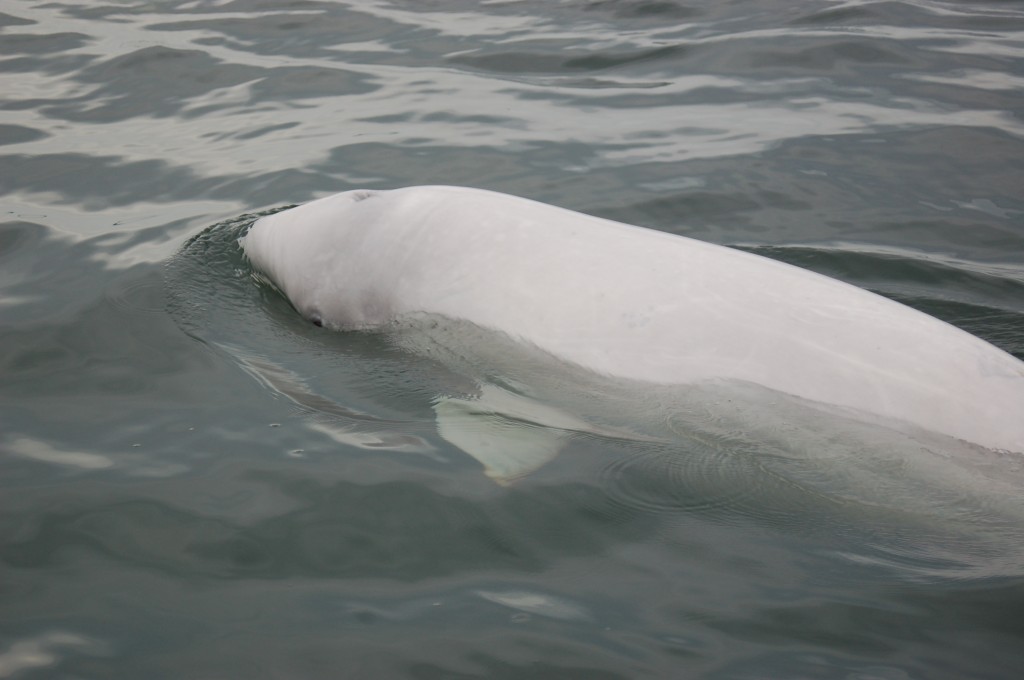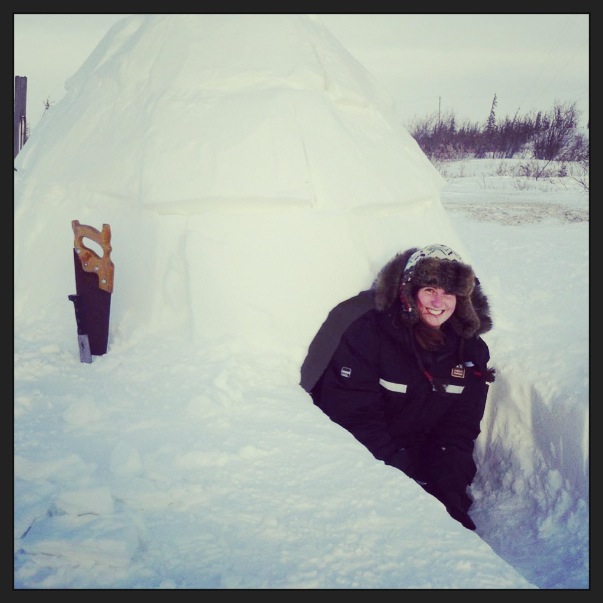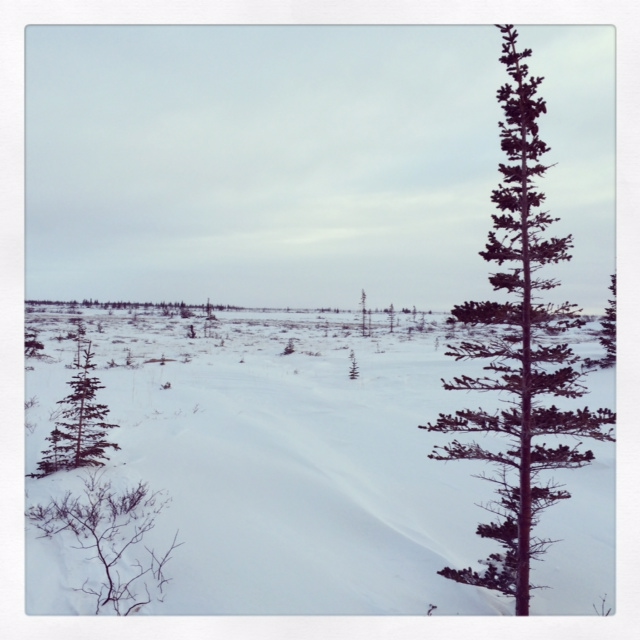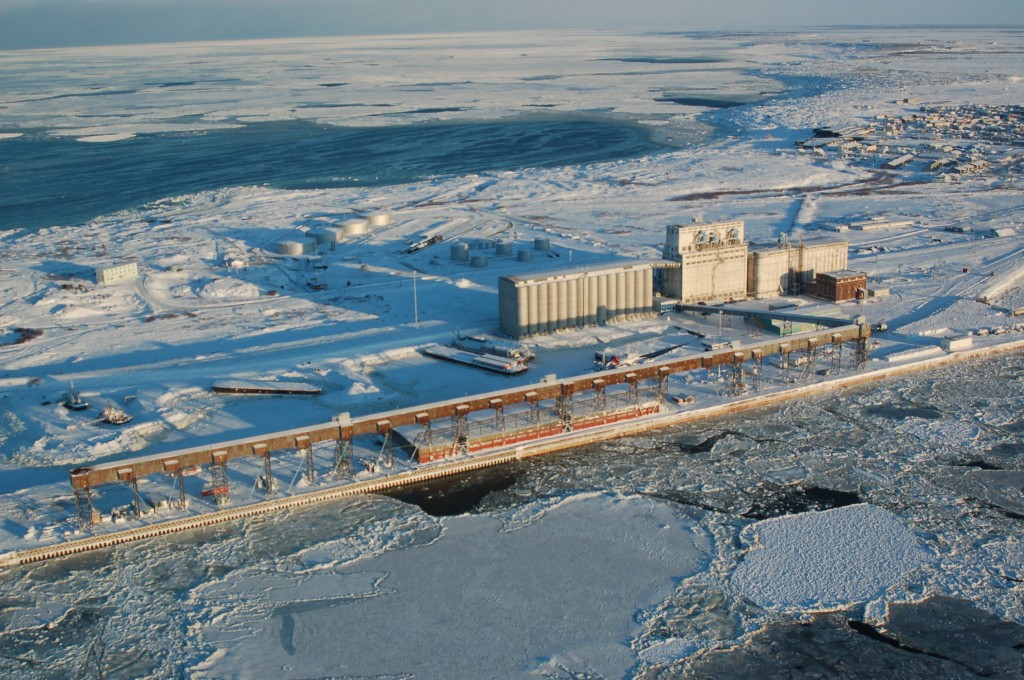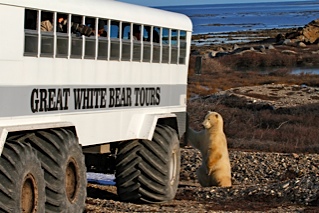Churchill Ice Report and Summer Preview
The Hudson Bay is packed solid with thick ice and seems to be supporting a healthy seal-feeding season for polar bears. Extreme cold and stormy weather has been pervasive throughout the region this year and should lead to a extended hunting season for bears on the ice surface. Here is the link of the most recent Hudson Bay ice chart from Environment Canada Ice Survey.
Polynas up in the Hudson Straits harbor herds of beluga whales waiting for ice to break up and allow for their spring migration. These open water leads are formed either by warmer currents upwelling from below and keeping an area adjacent to the sea ice unfrozen or from currents and wind conditions that move through the region. They are vital to the survival of narwhals and beluga whales that do not migrate south in the winter.
When the belugas arrive in early summer, almost 2,500 animals will inhabit the coastal waters near Churchill including all the rivers and inlets there. At high tide, the Churchill River becomes a calving estuary stretching nearly eight kilometers up river. These relatively warm waters will make for a calm calving process and infancy. When newborn, calves are a darker almost slate gray. This color, opposing the milky white of the adult stage, is thought to be a subtle camouflage trait for the darker water they inhabit. As they grow and become whiter, the color is camouflage as well when living up north amongst the sea ice of near color. Since adults are more alert and more adept at detecting and eluding predators. Young grey -colored whales enjoy the guardianship and protection of their mothers…swimming tightly in their slipstream.
The summer in Churchill is a daily reveal of mystery and treasure hidden in the willows and wildflowers of the tundra and the pre- cambrian rolling boulders of the coastal barrier. Each foray into the wild can produce anything the imagination can bring to mind. A beluga whale carcass nestled in the sea grass out at Halfway Point, a polar bear wandering through the boreal forest looking for some eggs from nesting birds, or even a black wolf lumbering in and out of boggy areas near the town weir out along Goose Creek road. As the summer moves forward, polar bears can be spotted along the coast as they arrive from the ice floes in the bay. Each day, each season produces something new and unexpected. Nothing compares to Churchill in the summer….the pace slows down and time seems to come to a standstill. Of course if you like the chance seeing 40 or more polar bears in a day fall might be the time to visit as well. Natural Habitat Adventures has a wide variety of trips that fit into your travel plans.

